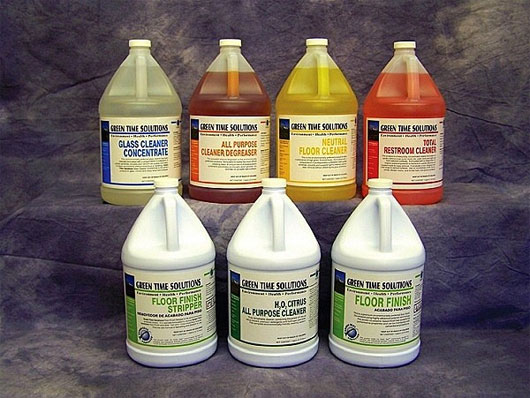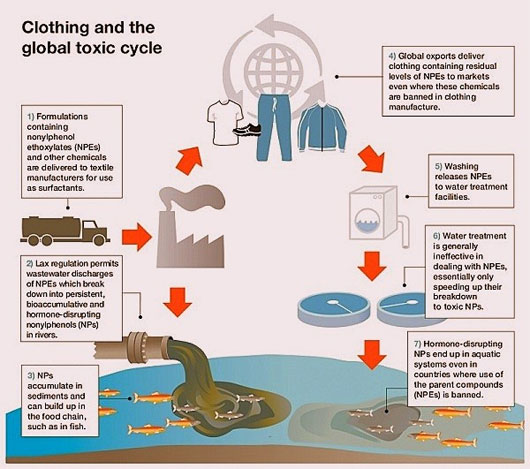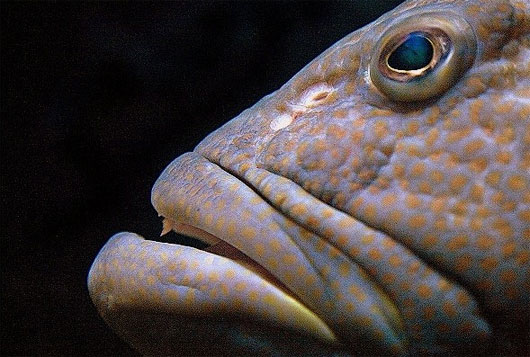Suspecting toxic chemicals ... causing infertility on clothes
It is Nonylphenol Ethoxylates - organic chemicals that can disrupt the animal and human body hormone structure.
Recently, the non-governmental organization Greenpeace (Hoa Binh Xanh) has released a report on toxic chemicals used on clothes and fashion products of some big brands in the world. As a result, many of them use Nonylphenol Ethoxylates (NPE) - a toxic substance that penetrates the skin and affects the reproductive system and human health.
Find out about this chemical and its true impact on our bodies through the image below.
Nonylphenol ethoxylates (NPE) is a common industrial chemical, used as a surfactant (for textile products) or industrial cleaners. In addition, in the process of industrial production with some products such as plastic, rubber, pesticides, paint, paper . people also added NPE.

NPE does not exist in nature. Therefore, to prepare NPE in industry, the use of nonyphenol (NP) reaction with ethylene oxide (EO) under standard conditions.
At room temperature, NPE is in liquid, orange or waxy form. In addition, humans cannot distinguish whether NPE is used in their products by the naked eye.

NPE is also found in the external environment, mainly in wastewater from industrial plants. In this environment, NPE is easily broken into nonylphenol - a persistent, bioaccumulative organic substance and very toxic to wild animals, especially aquatic organisms.
Specifically, when NP decomposes from NPE into aquatic organisms, they tend to accumulate in tissues. Gradually, through the food chain, this substance penetrates and is present in many wild animals, even discovered in the human body.

One study showed that NP decomposing from NPE at a sufficiently high level would cause endocrine disruption in fish. Especially in males and fishes, NP causes feminization, resulting in reduced fertility and degradation of their species.

According to experts, NPE infiltrates animal and human bodies through three main routes: inhaling air with NPE, eating food or drinking contaminated water with NPE, in direct contact with skin NPE.
When intruding, NPE can be as toxic as making the animal dumb and lose consciousness; prevents movement and disrupts functional hormones in the body, destroying the endocrine glands.

In the case of Greenpeace (Hoa Binh Xanh) organization, NPE in the production process may still have redundancy on some clothes and shoes . This amount of NPE is small but when dressing on people or washing them in water, NPE can infect and invade our bodies.

For humans, experts study the harms of NPE in two ways: acute and chronic. NPE only has an acute health impact if we are exposed to large quantities. At that time, the NPE causes immediate irritation to the skin, eyes, lungs and digestive system.
At the chronic level, frequent contact during the time with NPE through industrial products or water contaminated with NPE will impair fertility in humans, disturb some hormonal components.
Currently, there is no regulation on the prohibition of completely using NPE in industry. In 2007, NPE was only banned in Europe in the production of cosmetics, textiles, shoes with a content of not more than 0.1% on product weight.
It also means that Greenpeace (Hoa Binh Xanh) said that NPE in clothing products will cause infertility is not completely valid. However, the toxicity of this substance has been recognized, so be careful in choosing consumer products for yourself and your family to always be safe.
- Warning: Washing machine may be the culprit causing infertility
- Household appliances related to infertility?
- Dryer for clothes that causes ... cancer
- A warning for those who do not wash new clothes before wearing
- Why more and more male infertility?
- Chemical substances 'not strange' cause gender change
- Chemicals in soap can make men infertile
- Men are about to cure infertility by an extremely simple method
- Video: Chemicals in yoga mats can cause infertility in women
- These are the 5 most horrible chemicals in history
- Chemicals in objects cause many diseases for children
- Warning: Food packaging contains more than 175 dangerous chemicals
 Green tea cleans teeth better than mouthwash?
Green tea cleans teeth better than mouthwash? Death kiss: This is why you should not let anyone kiss your baby's lips
Death kiss: This is why you should not let anyone kiss your baby's lips What is salmonellosis?
What is salmonellosis? Caution should be exercised when using aloe vera through eating and drinking
Caution should be exercised when using aloe vera through eating and drinking